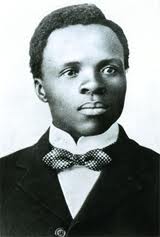The Northern Cape boasts a colourful history and a variety of cultural tourist attractions and is particularly well known for its incredible annual floral display that takes place in Namaqualand. An utterly beautiful coastline and a number of unique national parks offer the tourist a very different experience of South Africa.
Mining has always defined the history in this part of South Africa and, when diamonds were discovered in Kimberley, unprecedented growth took place in the province. The last remaining true San (Bushman) people live in the Kalahari area of the Northern Cape. The whole area, especially along the Orange and Vaal Rivers, is rich in San rock engravings. The province is also rich in fossils.
To also learn more about what the Northern Province offers, go to http://www.sa-venues.com/north_cape_attractions_info.htm
.............. 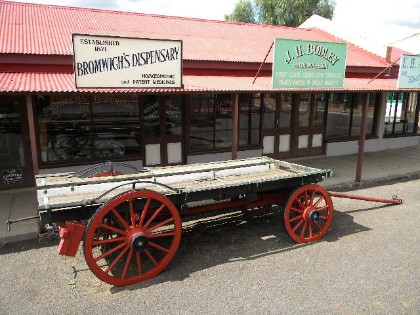
.........
One of the major cities of the province is Kimberley. The city housed South Africa's first stock exchange, the Kimberley Royal Stock Exchange, which opened on 2 February 1881. On 2 September 1882, Kimberley became the first town in the southern hemisphere to install electric street lighting.
The rising importance of Kimberley led to one of the earliest South African and International Exhibitions to be staged in Kimberley in 1892. It was opened by Sir Henry Loch, the then Governor of the Cape of Good Hope on the 8th of September. It presented exhibits of art, an exhibition of paintings from the royal collection of Queen Victoria and mining machinery and implements amongst other items. The exhibition aroused considerable interest at international level, which resulted in a competition for display space.
South Africa's first school of mines was opened here in 1896 and later relocated to Johannesburg, becoming the core of the University of the Witwatersrand.
......... 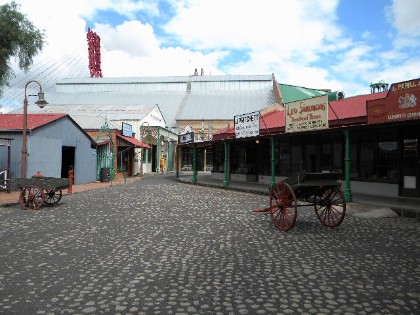
............
Located near the confluence of the Vaal and Orange Rivers, the Kimberley town has considerable historical significance due its diamond mining past and siege during the Second Boer War. Passenger train services to and from Kimberley are provided by Shosholoza Meyl, with connections south to Cape Town and Port Elizabeth and north to Johannesburg. |
Apartheid Kimberley
One of the most significant impacts of apartheid on the city of Kimberley was the implementation of the Group Areas Act. Communities were divided according to legislated racial categories, namely European (White), Native (Black), Coloured and Indian – kept separate by the Prohibition of Mixed Marriages Act.
........... 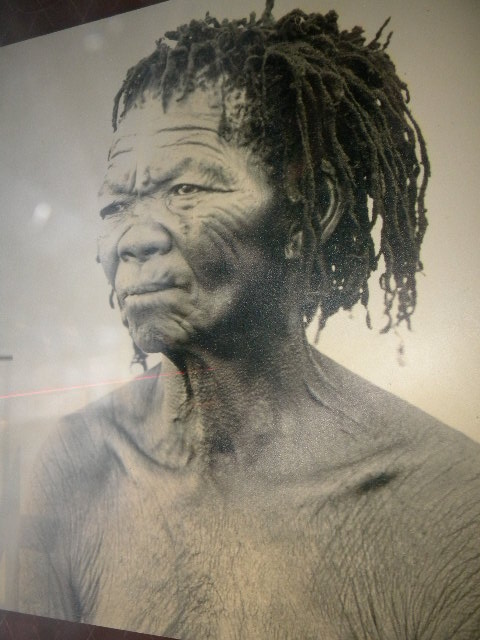
..........
Nevertheless, resistance to apartheid in Kimberley was mounted as early as mid-1952 as part of the Defiance Campaign. Dr Arthur Letele organized a group of volunteers to defy the segregation laws by occupying 'Europeans Only’ benches at Kimberley Railway Station – which led to arrest and imprisonment. Later in the year, the Mayibuye Uprising in Kimberley, on 8 November 1952, revolved around the poor quality of beer served in the Beer Hall: the fracas resulted in shootings and a subsequent mass funeral on 12 November 1952 at Kimberley’s West End Cemetery. Detained following the massacre were alleged ‘ring-leaders’ Dr Letele, Sam Phakedi, Pepys Madibane, Olehile Sehume, Alexander Nkoane, Daniel Chabalala and David Mpiwa. A later generation of anti-apartheid activists based in Kimberley were Phakamile Mabija and two post-apartheid provincial premiers, Manne Dipico and Dipuo Peters.
...... 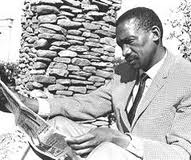
.........
Other prominent figures of the struggle against apartheid who had Kimberley connections include Robert Sobukwe, founder of the Pan Africanist Congress. He was banished (placed under house arrest) in Kimberley after his release from Robben Island in 1969 and died in the city in 1978.
Benny Alexander (1955-2010), who later changed his name to Xhoisan X, and was General Secretary of the Pan Africanist Congress and of the Pan-Africanist Movement from 1989, was born and grew up in Kimberley. Another leading figure in Coloured politics in the apartheid era was Sonny Leon.
Post Apartheid
The Kimberley Comprehensive Urban Plan (1998) estimates that Kimberley has at least 210,800 people representing more or less 46,207 households living in the city. |

